Jason Holt
Reviews By Author

|
US Aerial Target DronesPublished:
The ICM US Aerial Drone set contains a double boxing of their individual sets KDA-1 (Q-2A) Firebee with trailer (48400) and BQM-34A (Q-2C) Firebee with trailer (48401). These kits have been previously released individually in various sets, namely with the DB-26/JD-1 drone control ship kits, as well as by themselves ‘in-flight’ sets (48400 and 48401). Each drone kit is its own single part sprue tree and includes the trailer and dolly to display on them on the ground. Also included are the pylons to mount them on a mothership aircraft but no instructions on how to do so. The assembly breakdown is rather simple for both of the kits. The internal parts consist of the engine exhaust cylinder and intake facing, and I painted the engine and fan surface with AK Metal Steel. I would also… more |

|
Go-242B-2 Transport GliderPublished:
The Gotha Go-242 was a World War II Luftwaffe Transport Glider. Typically towed by another aircraft into combat, the glider would release, land, and then deploy its cargo of men and material. It was used in France, Africa, and the Eastern Front for the German Army. There were different variants designed which featured different landing gear configuration as well as one that had engines. ICM has produced these different versions as well in the following kits. (48224 Go-244B and 48226 Go-242A) The kit consists of 13 solid plastic sprues, 1 clear sprue and a decal sheet for two markings of aircraft. Assembly begins with the construction of the interior and I found this to be the most tedious part of the build. The interior consists of a thin frame construction, just like the real… more |
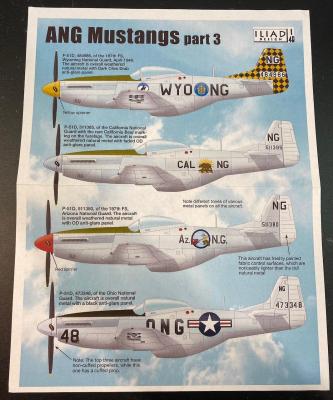
|
ANG Mustangs Part 3Published:
The P-51 in Air National Markings have always interested me and when I saw Iliad Decals was releasing another sheet with them, I couldn’t pass it up. Ironically the Ohio ANG marking included on this sheet was one that I had considered including for the 2009 and the 2015 IPMS Nationals Decal sheets but never made the cut. I am pleased that Iliad decided to do this particular marking. Their ANG Mustangs Part 3 includes markings for 4 different states: Wyoming, California, Arizona, and Ohio ANG units. The Wyoming Mustang is by far the most colorful on the sheet with its checkered tail and I had considered doing this one for the review but I discovered that the decals didn’t size up to the Airfix kit correctly. I did eventually size the checkered decals to a Tamiya kit and found… more |
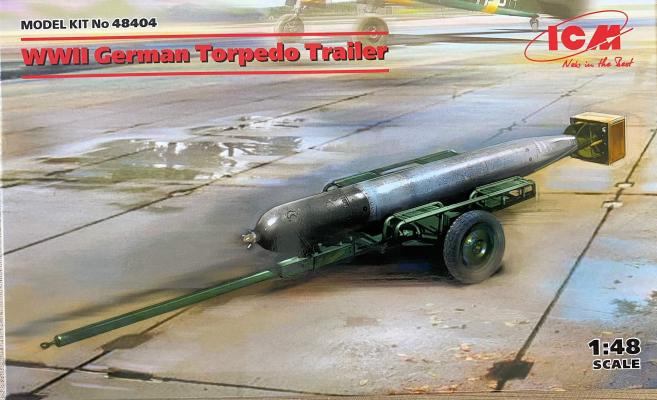
|
WWII German Torpedo TrailerPublished:
In the past few months ICM has been producing some long sought after kits, as well as some unexpected, such as the WWII German Torpedo with Trailer. This kit would be ideal for those who want some extra diorama detail for a German maritime bomber or just a nice simple stand alone kit. The kit consists of about 22 highly detailed injected parts. The assembly is pretty basic. The tubular frame of the trailer itself is reproduced in extremely fine detail and I cannot reiterate enough, but take extra care and patience in separating these from the parts tree as well as clean up. No thanks to my own fault, some of the pieces were broken in removing them. One piece I completely lost was a curved piece of the frame and I had to resort to good ol stretched sprue to fabricate the part… more |
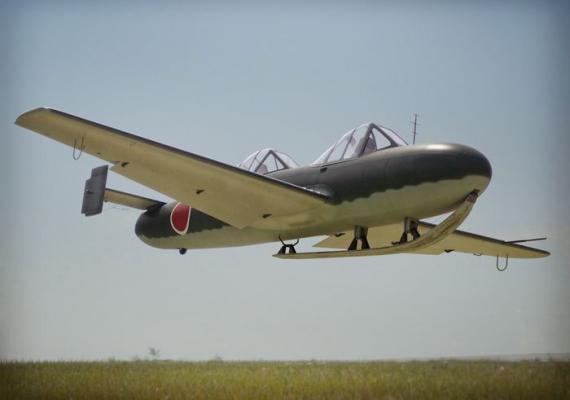
|
Yokosuka Ohka MXY7-K1 KaiPublished:
HistoryWith Allied Forces getting closer and closer to the homeland of Japan during World War II the Japanese military turned to various methods of self-sacrifice to combat the Allied forces. The MXY-7 Ohka (Cherry Blossom) was one of those weapons. Essentially this weapon was a human guided cruise missile in which it would be carried aloft by a mothership, typically a G4M Betty Bomber, and then released within sight of the enemy naval fleet. The rocket powered craft would hurdle towards its target with a 2,600lb warhead and a pilot behind the stick with the hopes of hitting a target. Being late in the war Japan was losing its skilled pilots rapidly, and with this particular one use aircraft, Japan would need to be able to train new unskilled recruits in the… more |
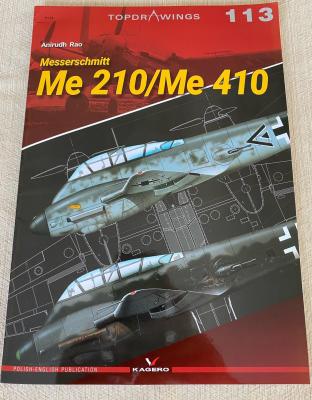
|
Top Drawings No. 113 Messerschmitt Me-210/Me-410Published:
The Messerschmitt Me-210/410 is one of a lesser aircraft in the Luftwaffe legacy. The aircraft was designed in the late 1930’s with the hopes of it being a multi-use aircraft filling in as a Fighter, Bomber and Reconnaissance platform. The aircraft began as the Me-210, but due to various technical and design problems, it became the Me-410 due to the major modifications to remedy the shortcomings it had. In essence was an entirely new aircraft. There are two surviving examples, one is with the Smithsonian Air and Space Museum and awaiting restoration, and the other is on display at Royal Air Force Museum Cosford. The Topdrawings book from Kagero is a 10 page book with a very brief history of the aircraft itself that is provided in both English and Polish. The drawings comprise… more |
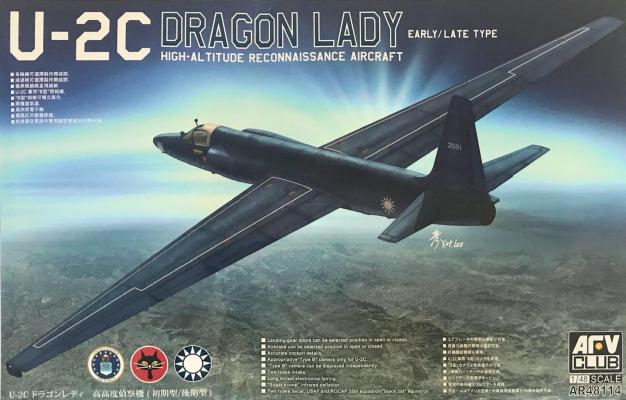
|
U-2C Dragon Lady Early/Late ModelPublished:
Kit InformationThe old Hawk/Testors U-2 kit was first introduced in 1962 and for the past 58 years (yes it has been that long) was the only option available to build this aircraft in 48th scale. Then in the 1990’s we modelers had options of using some resin sets available to make other variants, as well a little more of an accurate detailed kit. So finally after almost a lifetime, modelers can now rejoice for an all new U-2 kit by AFV Club. Their initial release was of a U-2A Kit #48112 which featured the early design features and markings of the aircraft. Not to disappoint, they followed up that release with the U-2C Dragon Lady and includes all its components to make a C version. Some of the differences between the A and C variants are that the C has… more |
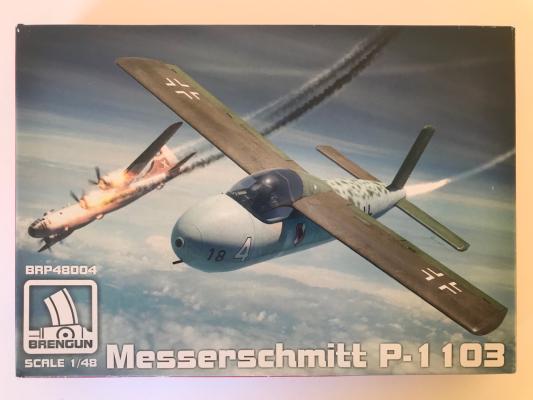
|
Messerschmitt P-1103Published:
HistorySo the Messerschmitt Me P.1103 was designed in 1944as rocket-powered short-range interceptor. There were two variants proposed, the P-1103-I in which the pilot controlled the aircraft in a prone belly position, whereas the P-1103-II is where the pilot is in a seated position. The construction of the aircraft was kept simple due to the lack of available metals so it was constructed of wood. The deployment of the simple interceptor was that it was to be towed to altitude by a Bf 109G or Me 262. When the desired altitude was achieved the aircraft would detach the tow cable in which it would then ignite a single liquid-fueled RI 202 rocket engine for a dash attack. It was armed with a single Mk108 30mm cannon which was located directly under the pilo’ts seat.… more |
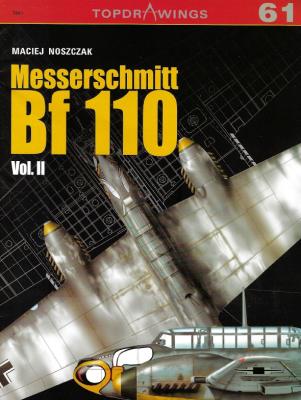
|
Top Drawings #61: Messerschmitt Bf-110 Vol. IIPublished:
The Messerschmitt Bf-110 is another iconic mainstay of Luftwaffe aviation that is most recognizable to almost any aviation enthusiast. Originally designed in the 1930’s, the 110 was one of the Luftwaffe’s heavy-fighter/bomber mainstays. Originally it was anticipated to be replaced in the early 1940’s by the Me-210, but due to the 210’s poor performance issues the 110 was given a second chance. Due to the cancelation of the Me-210, the Luftwaffe had decided it needed to continue to utilize the 110 airframe. In order to do so the 110 needed to overcome its shortfalls in order to keep up with the ever changing and rapid developments in aviation during World War Two. Through the procurement of more powerful engines for the 110 airframe it was able to prolong the use of the aircraft… more |
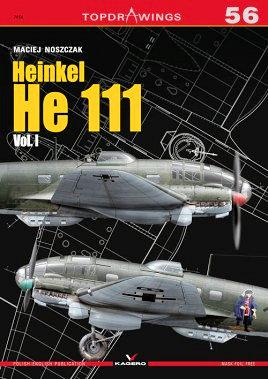
|
Heinkel He 111 Volume IPublished:
The Heinkel He-111 is one of the most iconic symbols of World War Two, as well as a major feature of the Battle of Britain. The aircraft was developed under the guise of a passenger airliner as most of Germany’s other armaments at the time. During the late 1930’s the aircraft and its German aircrews participated in the Spanish Civil War and the He-111 began its wartime career. During World War Two various modifications were made throughout the aircraft ranging from the cockpit layout, wing shape, engines, offensive and defensive capabilities and many more. The aircraft was the second most produced bomber aircraft of the Luftwaffe behind the Ju-88 and served in the Spanish Air Force until 1958. The are only 4 surviving aircraft remaining in various museums around Europe. The… more |
